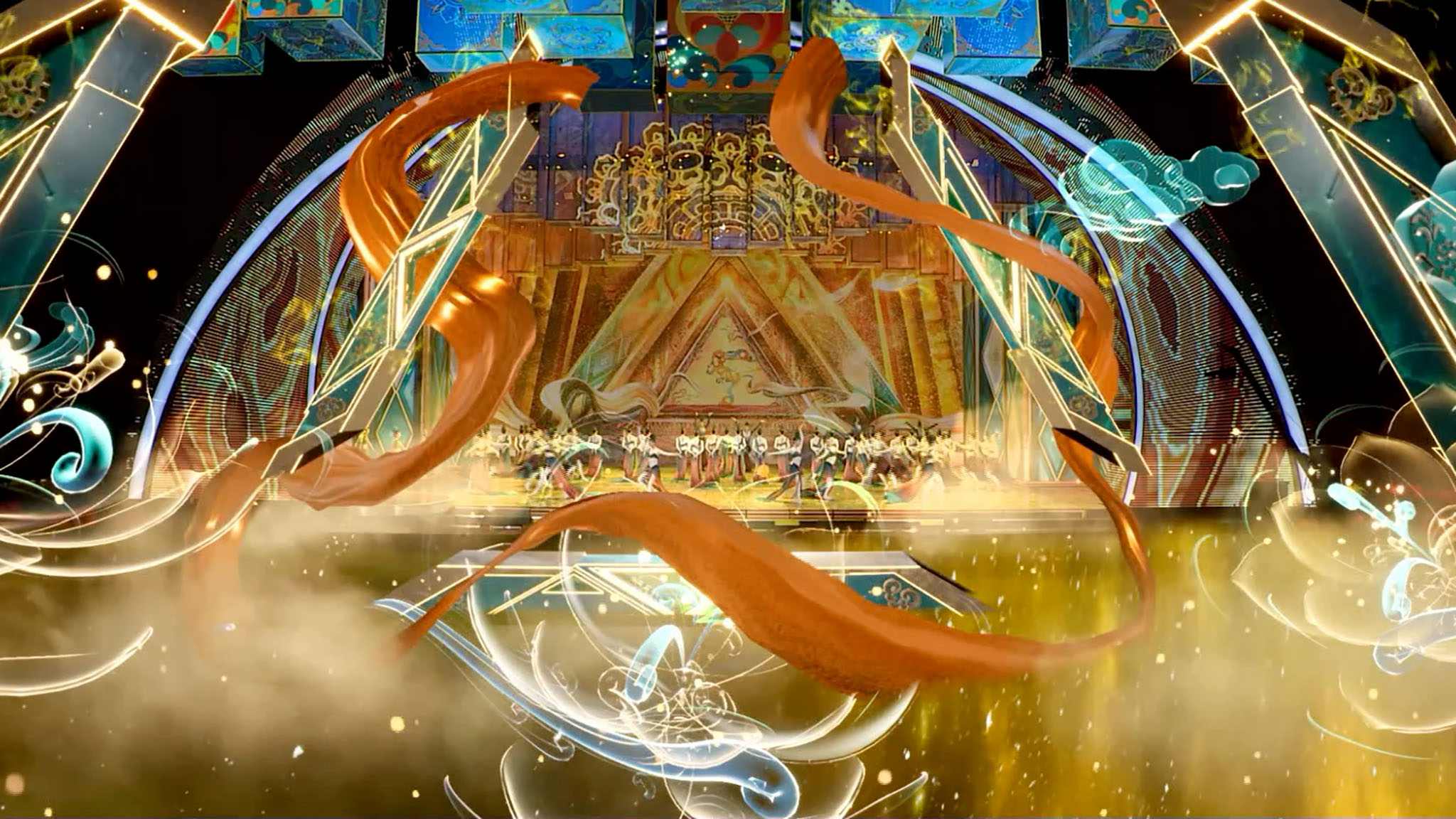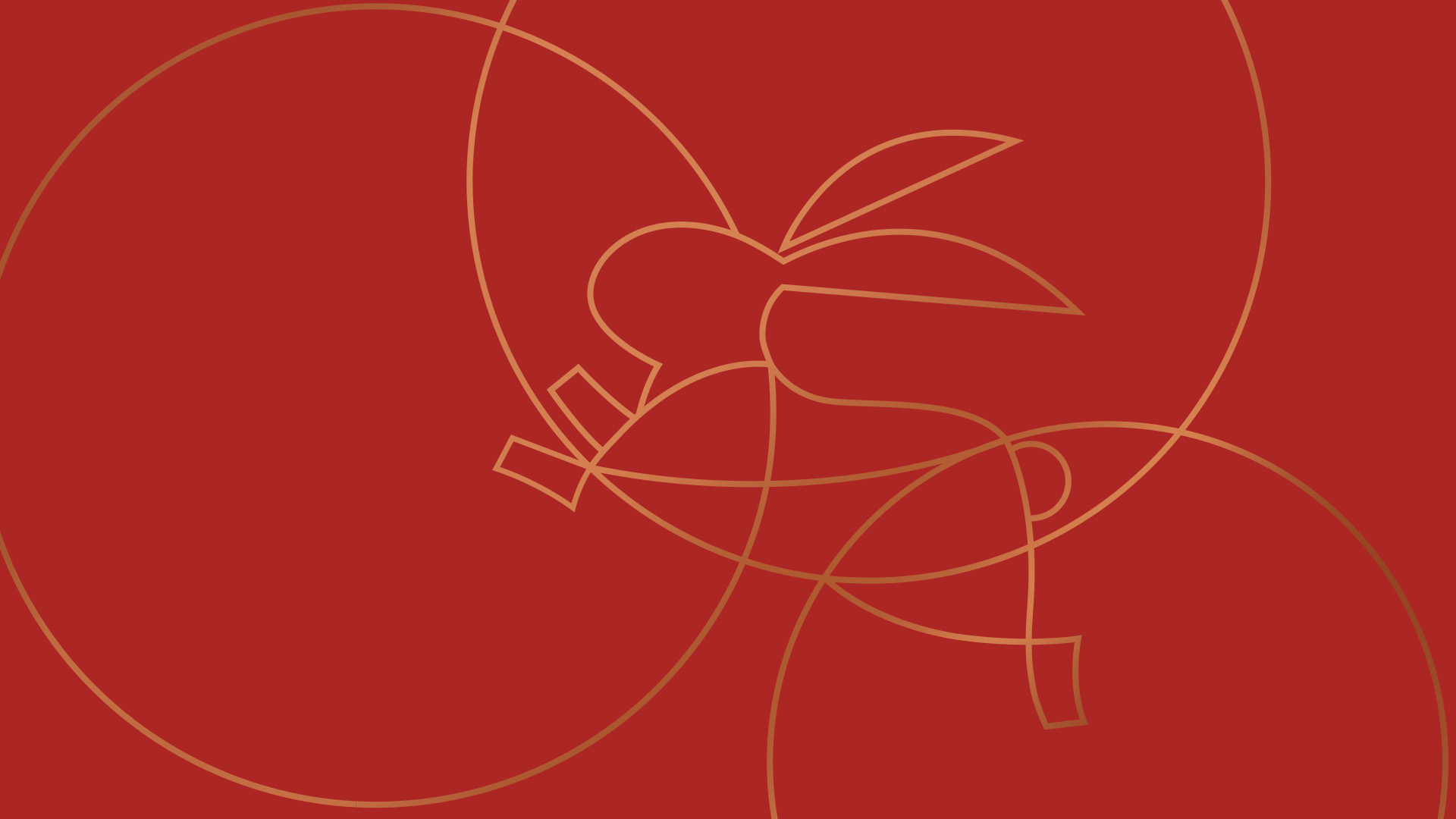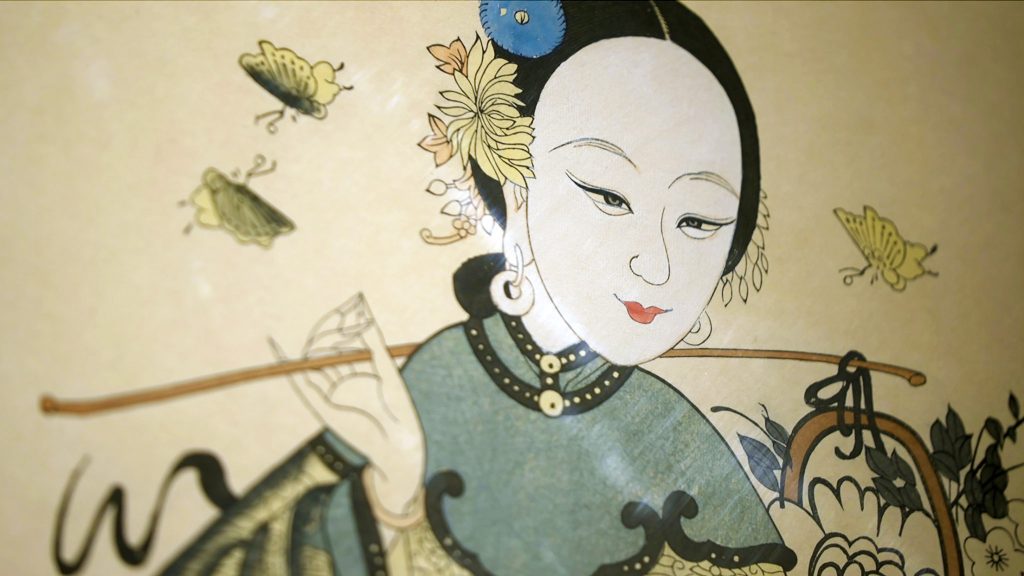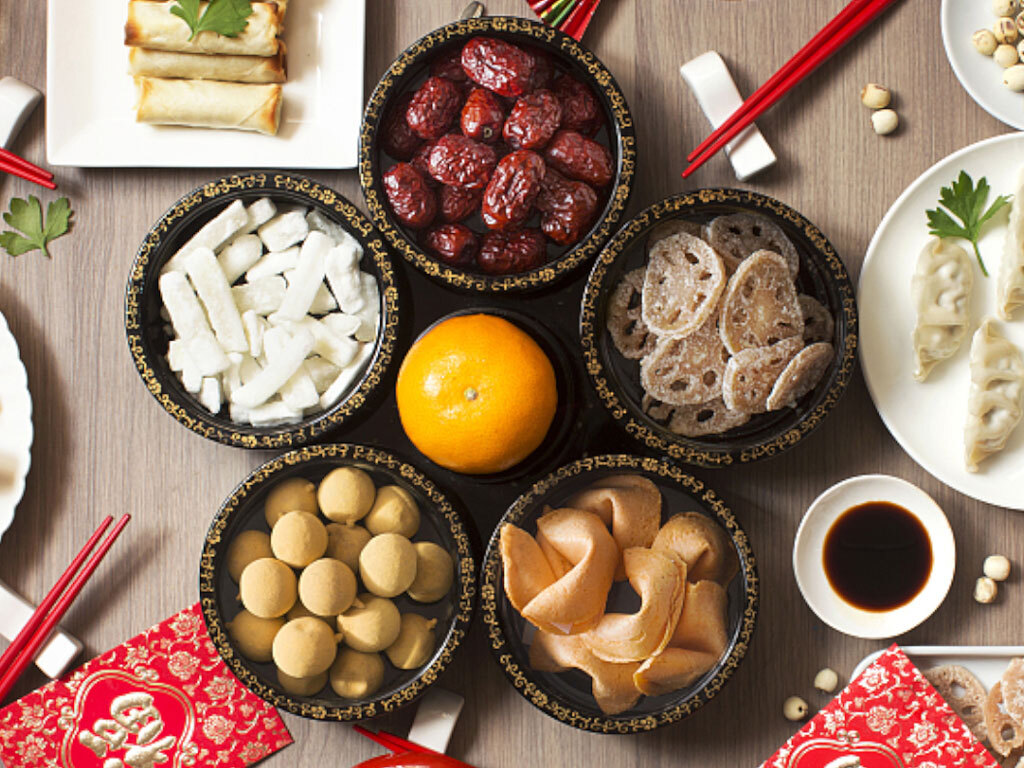
A Retrospective in Dance
Since its debut in 1983, China Media Group’s Spring Festival Gala has been bringing Chinese culture to life every Chinese New Year’s Eve.
Over 900 years ago during the Northern Song dynasty, 18-year-old painter Wang Ximeng completed A Panorama of Mountains and Rivers, a 39-foot-long (12 meters) masterpiece with shimmering green and blue-colored mountains and water scenery which was later passed down through over 20 Chinese emperors throughout the centuries. Little would Wang and his imperial collectors know, however, that the once exclusive painting would be brought to life as a sensational dance performance nearly a millennium later in 2022, connecting with a global audience on the most watched television program on earth—the Spring Festival Gala, or Chunwan in Mandarin.
Celebrating 40 years of festivities
Broadcasted for the first time four decades ago, the Spring Festival Gala has evolved throughout the years from a small-scale, single studio production to a massive extravaganza featuring live broadcasts from various studios across the country. Today, the four-hour-long variety show has become a household tradition during the annual Spring Festival. Chinese families around the world gather around the table, enjoy a feast, and tune into the show on Chinese New Year’s Eve.
In 2012, it was recognized by Guinness World Records as the most-watched television program in the world, with 498 million viewers. The show has continued to grow, and in 2022, Chunwan reached more than 1.2 billion global viewers.
In addition to celebrating the arrival of the lunar new year, the Spring Festival Gala also honors the nation’s art and cultural heritage through contemporary interpretations of music, comedy, drama, and dance.

Enlivening an ancient heritage with dance
Titled The Painting Journey – The Legend of a Panorama of Mountains and Rivers, the dance reinterpretation of Wang’s painting at the 2022 Spring Festival Gala was widely considered a successful production by the China Oriental Performing Arts Group. During the performance, dancers in flowy green and blue dresses moved across the stage in harmony with Wang’s painting digitally displayed in the background.
“For me, Chinese classical dance represents a part of our traditional culture. So I think it is in our blood and bones. Through Chinese classical dance, we can feel the charm of traditional Chinese culture and its bursting energy,” says the show’s lead dancer Meng Qingyang in an interview with China Media Group.

Throughout the years, aspects of Chinese culture and heritage, such as Wang’s classic painting, have inspired unforgettable Spring Festival Gala dance performances.
Also in 2022, Golden Mask illustrated the magnificent history of Sanxingdui, a Bronze Age archaeological site in Guanghan, Sichuan, listed on the UNESCO list of tentative world heritage sites and an important part of the ancient Shu civilization. On the inspiration behind the performance, choreographer Yang Liping explains: “Many things are non-renewable. As dancers, we should try to show what we have instead of simply imitating the exotic. I am just a guardian of these traditions.”
The year before in 2021, Zhu Jiejing, one of the most established dancers in China and lead dancer of the Shanghai Dance Theater, performed Crested Ibises, paying homage to a bird that has been saved from the brink of extinction in recent years. The five-minute-long modern dance piece, a condensed version of Shanghai Dance Theatre’s internationally acclaimed show Soaring Wings, celebrated the harmonious co-existence of humans and nature.

In 2020, Zhu and other dancers wore traditional qipao to perform Song of the Morning Light, a stunning dance number which explored the beauty of old Shanghai, portraying a picture of serene beauty and simple elegance.
Performed by deaf dancers from the China Disabled People’s Performing Art Troupe, the 2005 dance performance Thousand-hand Bodhisattva drew reference to the deity known as the Goddess of Mercy, providing not only a feast for the eyes, but also showcasing Chinese cultural aesthetics.

Embracing culture and technology
The annual Spring Festival Gala performances, including its memorable dances, have become an integral part of the Spring Festival celebrations, showcasing China’s rich culture. In a recent conference, China Media Group hinted that the 2023 Spring Festival Gala would be a “feast of culture and technology.”
Whatever dance performances will be showcased to welcome the new lunar year, there is no better time than the Spring Festival to revel in the beauty of Chinese history, arts, and culture.

Want a glimpse into the country’s biggest trends and enjoy China’s most significant cultural phenomenon? Join billions of viewers across the world and count down to the Year of the Rabbit with the performers at the 2023 Spring Festival Gala on January 21, 2023.
Read More



